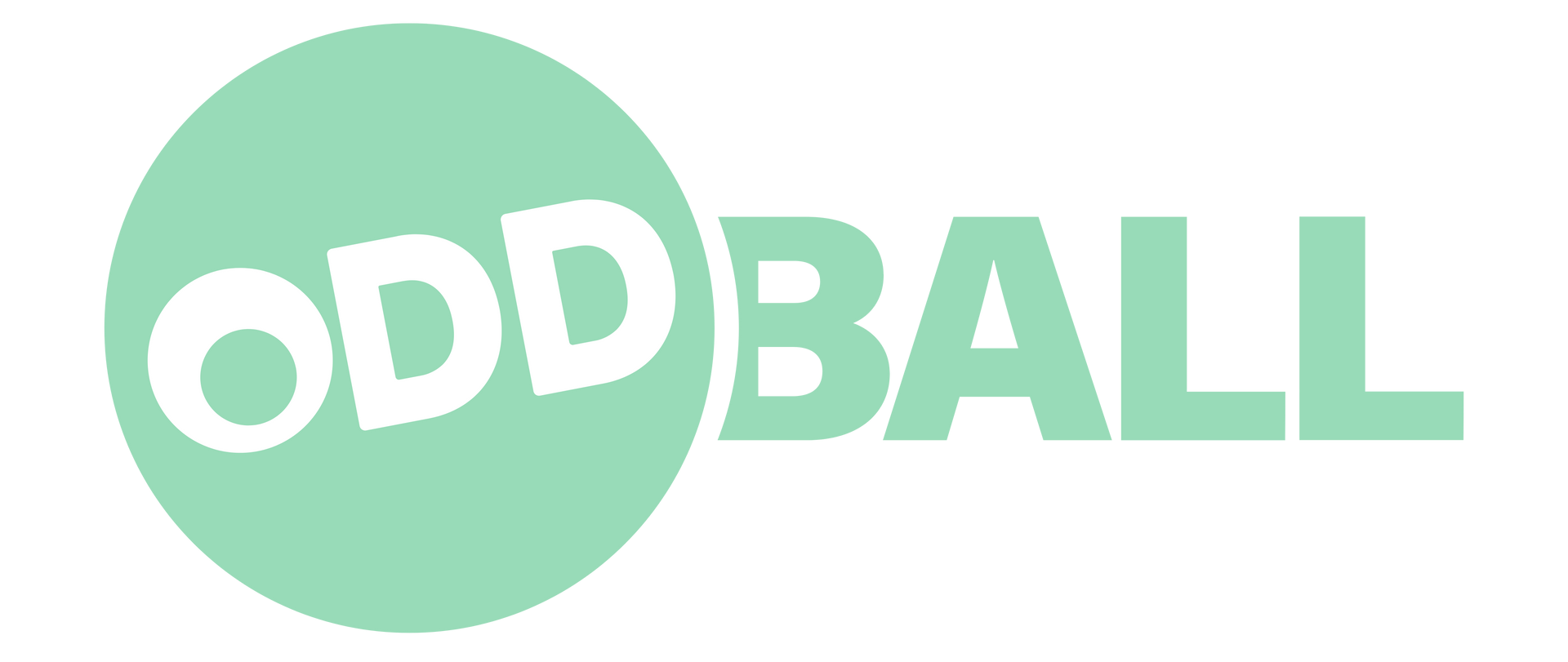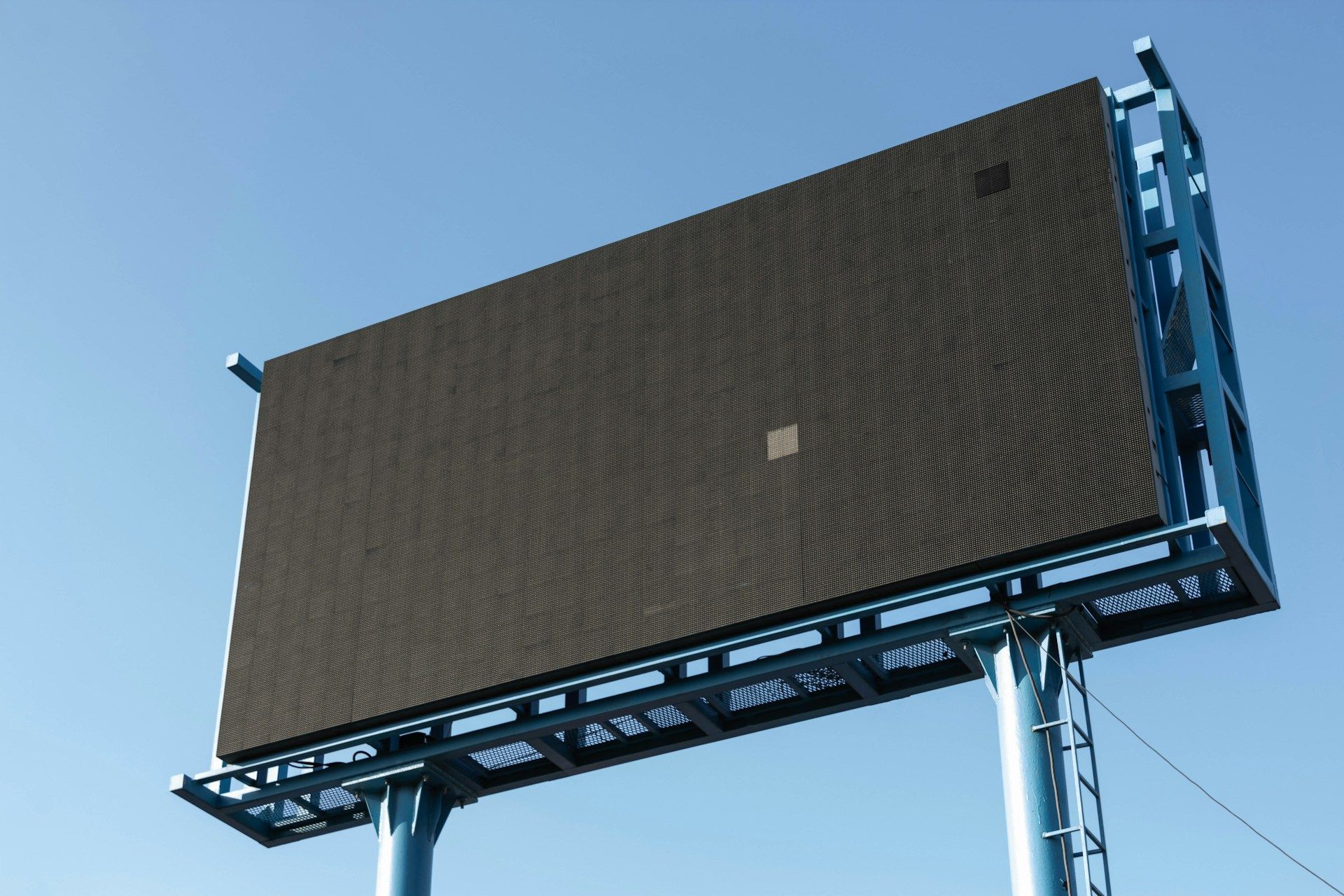Setting Up Your First Programmatic Ad Campaign Right
If you’ve ever wondered how those perfectly timed ads show up just when you're thinking about a product, chances are they’re part of a programmatic ad campaign. These kinds of ads are built on automation and data, making them smarter and faster than the usual route of buying ad space. When set up correctly, programmatic advertising helps you reach the right people at the right time without wasting your budget.
But like anything that works well, results depend on the way you start. Skipping steps or rushing the process can lead to poor engagement and wasted spend. The good news is that starting your first campaign the right way doesn’t require advanced skills. With the right tools, goals, and plan in place, it can feel more like a strategy and less like trial and error.
Understanding Programmatic Advertising
Programmatic advertising uses software to buy and place digital ads in real time. Instead of manual negotiations or emails between buyers and sellers, it all happens instantly behind the scenes with automation doing the heavy lifting.
Here’s how it typically works:
- Advertisers use a DSP (Demand-Side Platform) to manage ad bidding and targeting.
- Publishers use an SSP (Supply-Side Platform) to offer ad space available on their websites or apps.
- Ad exchanges act as the go-between, where DSPs and SSPs interact. Once a web page starts to load, the system compares bids and chooses the winning ad to show based on factors like audience targeting, budget, and bid value.
One of the biggest advantages is precision. Instead of showing an ad to a huge group of people and hoping for the best, programmatic focuses your message on users most likely to care. It works off data like browsing history and user interests to serve ads more effectively. It also syncs across devices, whether the user is on a phone, computer, or tablet.
If you’ve ever felt like your ads aren’t reaching the right audience or are too expensive, this approach can trim the guesswork out of your ad campaigns.
Setting Up Your First Programmatic Ad Campaign
If you're ready to launch your first programmatic campaign, there’s a step-by-step way to get things off the ground with more confidence. A strong setup is the base for everything that follows.
Start with these actions:
1. Define your campaign goals. Are you looking to raise brand awareness, increase website traffic, generate new leads, or drive product sales? Pinpointing what success looks like will guide the rest of the strategy.
2. Choose the right platform that aligns with those goals. Some platforms are strong in mobile ads, others in display or video. Matching the platform strengths to your campaign needs saves you time long term.
3. Set a working budget and select a bidding model. You can go with cost-per-click, cost-per-thousand impressions, or cost-per-action options. Pick what fits your end goal.
4. Identify your audience. Look at who your product or service is meant for. Targeting by age, location, devices, interests, and past online behavior helps put your ads in front of the right eyes.
For instance, say a clothing brand wants to promote a line of winter coats. They might target mobile users in colder regions who’ve looked at similar products recently. The brand would then use a cost-per-action bid model and track sales as their success metric.
By outlining everything clearly up front, you're more likely to avoid the high cost and low performance that comes with unfocused campaigns.
Creating Effective Ad Creatives
Once you’ve got your strategy laid out, the next step is to create ads that make people stop and pay attention. Even with perfect targeting, your ad won’t mean much if the visual and message fall flat.
Here’s how to keep your creative sharp:
Start with a simple, direct message. People scroll fast, and you’ve only got a second or two to get their attention. Avoid trying to say too much. Focus on one core idea or value point.
Make sure your ad format fits your message:
- Display ads are ideal for general visibility and reaching a wide group.
- Video ads work well for showing a product in action or sharing quick brand stories.
- Native ads blend into content feeds and can feel less intrusive, often improving engagement.
It helps to match your visuals and tone to the platform. An ad playing on a video site might need a different approach from a banner ad on a blog. Animation can work great for mobile, while static visuals might suit desktop placements.
Then, test it. A/B testing lets you try out different headlines, images, or calls to action. See which one performs better and go with what the data supports. Don’t go on gut instinct when numbers can give a clearer answer.
Monitoring and Optimizing Your Campaign
Once your ads go live, that’s not the end of your work. A big part of getting better performance is tracking and fine-tuning your campaign over time.
Key metrics to keep an eye on:
- Click-through rate (CTR)
- Cost per click (CPC)
- Conversion rate (form sign-ups, purchases, downloads)
- Cost per acquisition (CPA)
- Reach and impressions
If your CTR is low, your audience might not connect with the ad message or design. If your CPC is high, maybe the ad is showing up in the wrong places or the bids need adjusting. If users click but don’t complete the sale or signup, your landing page may be off-target.
Dynamic creative optimization can help, where systems automatically swap out parts of the ad like the headline or image depending on what’s working best. That keeps your creative fresh and aligned with real-time performance trends.
Another way to boost results is to adjust your campaign based on factors like time of day, location, or even seasonal moments. For example, if you’re running ads in mid-October and selling Halloween products, themed visuals will likely beat out generic ones.
Use your platform’s built-in tools, and back them up with other analytics where possible. Make sure you’re not just looking at numbers, but tying those numbers to actions that matter for your business.
Get Expert Help for Smarter Campaign Execution
If you're new to programmatic advertising, some parts of this can feel overwhelming — and that’s totally normal. Between learning how to use a DSP, perfecting your audience segments, juggling different ad formats, and keeping an eye on performance metrics, small missteps can add up quickly.
That’s when working with experts really comes into play. A pro team knows how to approach the setup and can spot issues before they turn into wasted spend. Whether it’s adjusting bid strategies, refining messaging, or addressing platform trouble, they bring clarity and direction.
One business selling outdoor products had a tough time expanding their online reach. They brought in a professional team who reworked the campaign to focus on mobile usage during specific days and hours. The changes helped reduce costs and lift conversions, especially on weekends when people were shopping on their phones.
With outside help, you’re not left guessing. You’re building on experience that can steer your campaign in the right direction from day one.
Tips That Make Your First Campaign Count
The biggest key to making programmatic advertising work is making sure everything connects. Your goals, targeting, budget, creative, and measurement should all support each other.
Avoid trying to scale too fast. Let the numbers tell you what’s working. A small and focused campaign that performs well is better than a wide one that fizzles out. Keep running tests, stay patient, and be ready to tweak your ads based on what the data shows you.
And if it starts to feel like too much? That’s your cue to ask for help. With the right planning and support, your first campaign can run smoother and bring in better results than you think.
Get the most out of your digital campaigns by letting Oddball Creative fine-tune every detail. From creative strategy to ad delivery, we’ll help you build stronger results with smarter programmatic advertising that connects with the right audience at the right time.



